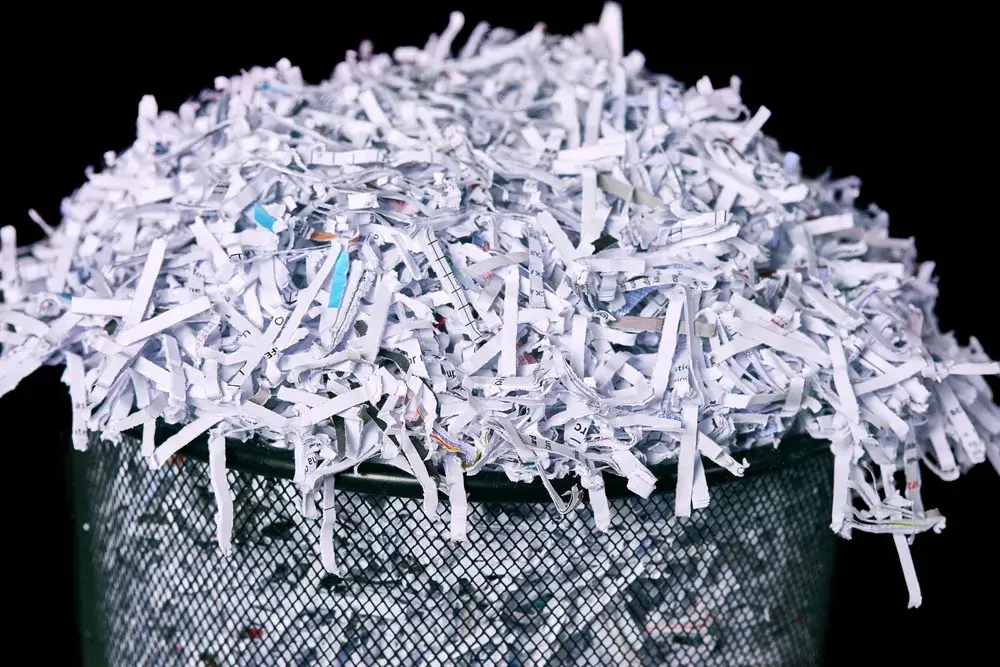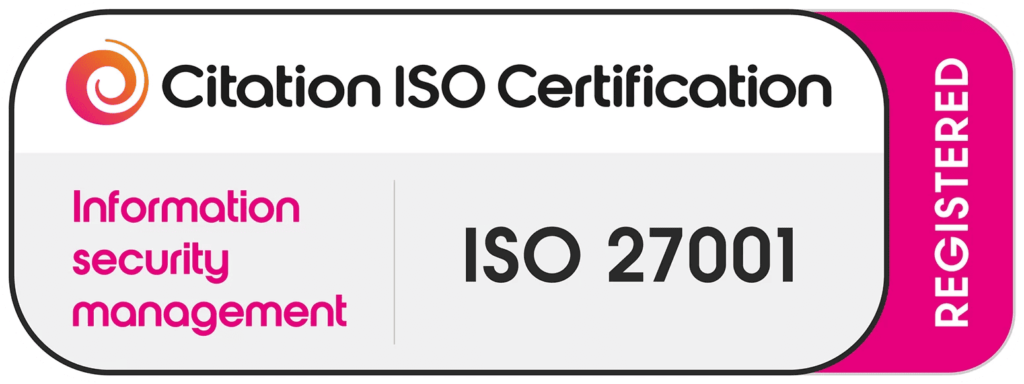Introduction
The Growing Threat of Identity Theft
Confidential Documents Shredding identity theft has grown into a widespread and serious issue. While many focus on cybersecurity, physical documents are often overlooked, providing easy targets for fraudsters. From old tax returns to medical records, discarded paperwork can hand over personal data to criminals on a silver platter.
Importance of Safeguarding Personal Information
Safeguarding personal and business information is no longer optional it’s a necessity. Secure paper shredding is one of the most effective ways to eliminate the risks associated with discarded documents. Confidential document destruction ensures sensitive materials never fall into the wrong hands, making it a critical step in identity theft protection.
Understanding Identity Theft
What is identity theft?
Identity theft occurs when someone wrongfully obtains and uses another person’s personal information, like Social Security numbers, banking details, or medical data usually for financial gain. This can lead to devastating consequences, including drained accounts, ruined credit scores, and even legal issues.
Common Methods Used by Identity Thieves
Fraudsters employ a range of methods, including:
- Dumpster diving: rummaging through trash for useful data
- Mail theft: stealing documents from mailboxes
- Data breaches: accessing physical records from unsecured offices
This is where shredding sensitive documents plays a vital role.
The Role of Confidential Documents in Identity Theft
Types of Documents Targeted
Common targets include:
- Bank statements
- Credit card bills
- Employment records
- Medical records
- Utility bills
Even an old phone bill can be a goldmine for a scammer.
How Discarded Documents Can Be Exploited
Without secure document disposal, these papers can be pieced back together and used for malicious purposes. Criminals may use them to impersonate you, open fraudulent accounts, or access services in your name.
Importance of Document Shredding
Benefits of Shredding Confidential Documents
Using document shredding services helps
- Protect personal and business data
- Ensure compliance with privacy laws
- Free up storage space
- Avoid costly breaches
Secure paper shredding significantly reduces the risk of information leakage.
Legal Implications of Improper Disposal
Non-compliance with data protection regulations like GDPR and HIPAA can lead to hefty fines. Data protection compliance is mandatory for businesses that handle personal or confidential information.
Types of Documents That Should Be Shredded
It’s essential to regularly destroy the following:
Financial Documents
- Bank statements
- Tax returns
- Credit reports
Personal Identification
- Passports
- Driver’s licenses
- Social Security cards
Medical Records
- Insurance forms
- Treatment histories
Legal Documents
- Contracts
- Property deeds
- Business agreements
Methods of Document Shredding
Manual Shredding
While it may seem convenient, home shredders often produce strip-cuts that are easy to reconstruct.
Professional Shredding Services
These services offer cross-cut or micro-cut shredding, making reassembly virtually impossible. Plus, they handle bulk shredding efficiently.
Pros and Cons of Each Method
| Method | Pros | Cons |
| Manual Shredding | Inexpensive and quick for small volumes | Time-consuming, lower security |
| Professional Services | Secure, compliant, efficient | Costlier, may require scheduling |
Choosing the Right Shredding Service
Factors to Consider
- Experience and reliability
- On-site vs off-site shredding
- Volume capabilities
Certifications and Compliance Standards
Look for NAID AAA Certification to ensure the provider adheres to best practices in confidential document destruction.
Implementing a Document Shredding Policy
Steps to Create an Effective Policy
- Audit current document disposal methods
- Identify sensitive document types
- Schedule regular shredding
Training Employees on Proper Disposal
Education is key. Train staff on how to handle confidential documents and encourage use of locked bins for pending shredding.
Environmental Benefits of Shredding
Recycling Shredded Paper
Most professional shredders recycle shredded material, contributing to environmental conservation.
Reducing Carbon Footprint
By using eco-friendly professional shredding services, organisations not only protect data but also reduce waste and energy use.
Case Studies
Real-Life Examples of Identity Theft Due to Improper Document Disposal
A major retailer once faced a lawsuit after carelessly discarding customer records, costing millions in fines and brand damage.
Success Stories of Prevention Through Shredding
A healthcare provider avoided potential HIPAA violations by adopting a secure shredding routine, protecting thousands of patient records.
Common Myths About Document Shredding
- “I don’t have anything worth stealing.” – Everyone has valuable data.
- “I’ll just tear it by hand.” – Not secure.
- “Only businesses need shredding.” – Individuals are also at risk.
Conclusion
Confidential document destruction isn’t just a precaution; it’s a must in today’s information-driven world. By adopting paper shredding best practices, individuals and businesses can significantly reduce their exposure to identity theft and ensure compliance with legal standards. Partnering with professional shredding services ensures secure document disposal, providing peace of mind and a cleaner environment.
FAQs
1: How often should I shred documents?
Regularly, preferably once a month or according to your shredding policy.
2: Can shredded paper be recycled?
Yes, especially when using certified document shredding services.
3: Is home shredding enough?
For small amounts, yes. But for higher security, use professional shredding services.
4: What if I don’t shred old documents?
You increase your risk of identity theft and may violate data protection compliance laws.
5: Are shredding services compliant with privacy laws?
Reputable ones follow strict secure document disposal standards and hold certifications.
6: Can digital data be shredded too
Yes, with services specialising in e-media destruction.



